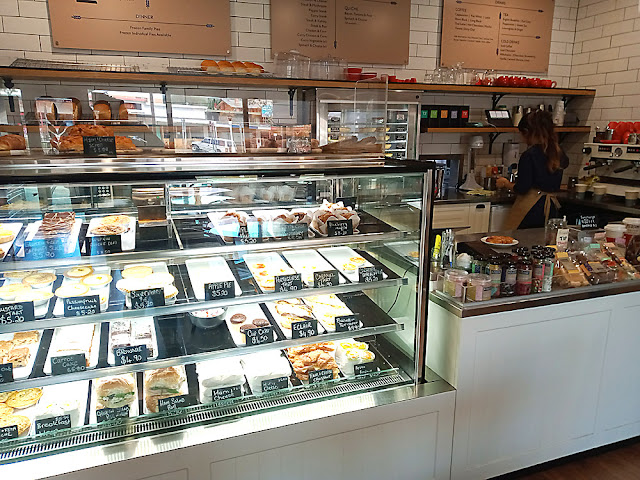2024 has been a memorable year. I'm not sure we really want another one like it.
January was a quiet month. We were getting everything lined up for big events later in the year, so apart from doing grown-up stuff, we concentrated mainly on staying warm - and when we weren't doing that we had medical appointments.
February was hectic: we moved out of home so that renovation/restoration of our house could recommence. The process was arduous, only made bearable by the kindness of friends. We drove Claudette for the wedding of a friend, but we also lost a longtime reader of the blog, one of the most interesting people we've ever met. The medical appointments appeared to be happening at more than one a week.
In March work on the house continued. I learned new skills, and Susan did mega-admin whilst it hardly stopped raining all month. We finally moved back home in the last week of the month. The only "non- house" stuff we did was medical appointments - I hope this isn't what getting old is going to be like.
April signalled a kind of return to normal, apart from increasingly frequent medical appointments. At least the rain stopped. We did manage to work and raise some income.
Life in Preuilly sur Claise was disrupted in May whilst a feature film was... well, filmed in the market square. We continued to work, and surprise surprise, visit various medical establishments.
June was a real month of two halves. On the one hand we had baby hedgehogs in the garden and we visited Brittany (good things), on the other hand I was in hospital for over a week, suffering the indignity of having my prostate removed.
In July I finally got home from hospital, Susan did some work, but mainly life was sitting around being injected with anticoagulants every morning - or recovering from it. At least the Tour de France and then the Olympics were on TV. And I received deliveries of Vegemite.
In August I blogged about having cancer, urging every bloke over 60 to have a PSA test. I hope you took note, because the treatment sucks, especially if the operation isn't 100% successful. That meant ongoing indignities as well as forgetting any notion of getting to Australia to see our Dads. Once again, Susan worked, sometimes with our friend Olivier driving, sometimes walking tours on her own.
September was a case of "more of the same", apart from the restorative visit of friends from Australia. They were our first Australian visitors in Preuilly since before the plague of 2020. The medical stuff didn't stop, but at least I gained an oncologist to oversee treatment. It only rained half the time.
October was different! Except for the medical stuff which was boringly the same. Susan worked (again with Olivier), and cousin Linda brought a ray of smileyness to Preuilly, even though it had started raining again. Ten days before she arrived (and two days after she organised her visit) the oncologist emailed to say of course we could go to Australia and he had rearranged my appointments, causing mega-fluster as we only had 6 weeks between medical events.
All of November was spent in Australia. We did a lot of kilometres, saw family and a couple of friends, but actually found it very stressful. Travelling when unwell and under prepared isn't optimum. Highlights were the dads, family, and echidnas.
We arrived home from Australia in the first week of December, straight back into medical stuff, admin, and lighting the fire. Christmas was nice and quiet, and when the weather wasn't against us we did some walking.
Overall, I think we would categorise this year as having been expensive, confusing, uncomfortable, and damp. Sometimes I think it's only the amazing support we've had from family and friends that got us through it all.









































.jpg)


.jpg)





